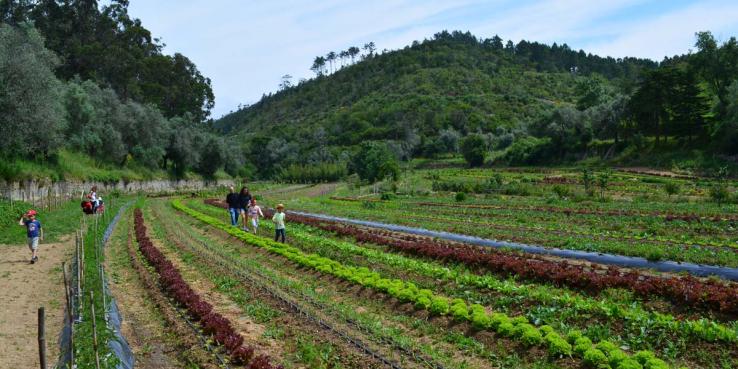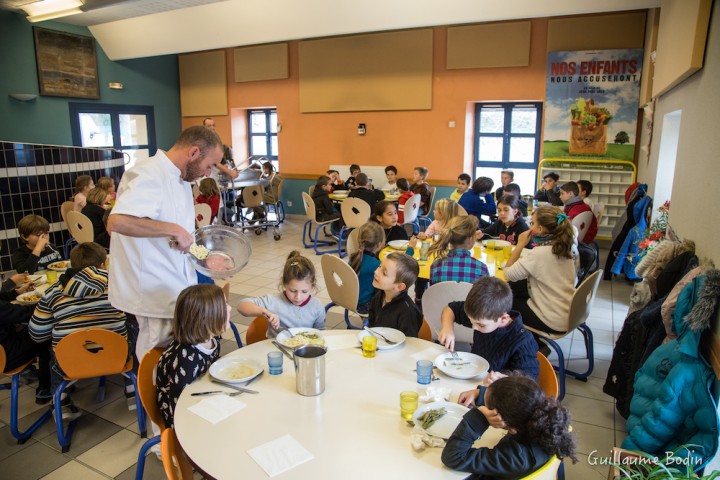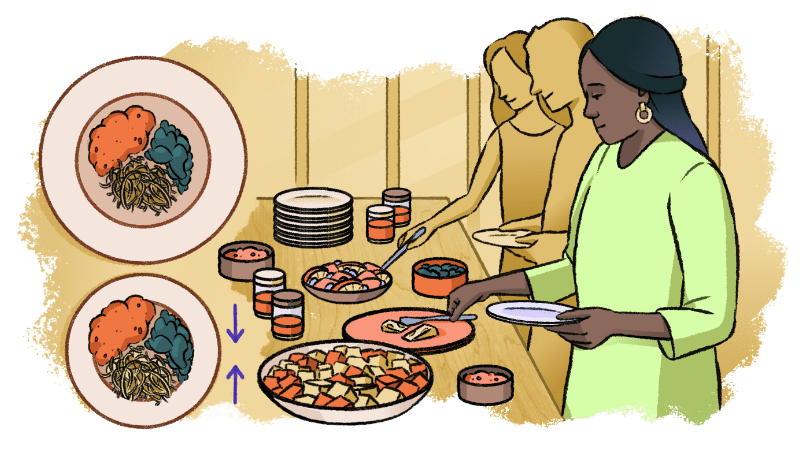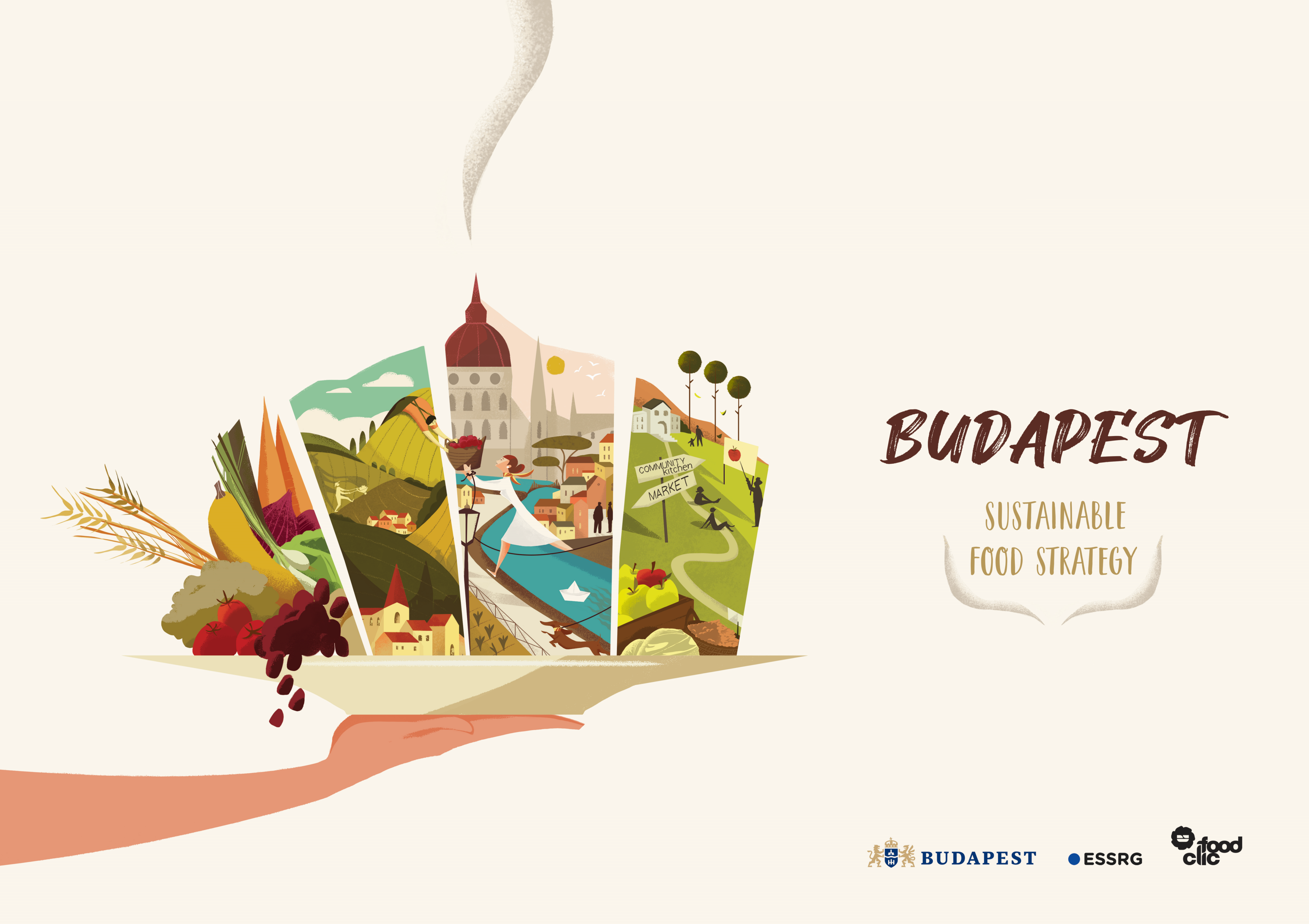As a part of our FoodCLIC Project, we organised a visioning workshop together with the Department for Climate and Environmental Affairs of the Mayor’s Office Budapest. Professionals from different areas of the food system came together to think about what Budapest’s food environment should look like in 2050. Here is a short summary of the findings of the workshop, during which we discussed five different types of food environments.
1. AGRICULTURAL ENVIRONMENT
It is necessary to assess the possibilities where food can be produced within a 40 km radius of the capital, so that by 2050 consumers will be able to pick the corpsthemselves on farms around Budapest. Local farmers in the city region should be supported by offering them the opportunity to sell their products directly to the public in city-owned markets or other buildings. It is important to change students’ attitudes towards healthy food and the environment through educational campaigns (by 2050, food festivals should be established to promote locally produced, healthy food and initiatives). Professionals should contribute to educating and informing the public through media products based on scientific facts (to combat fake news and misinformation about healthy food).

2. RETAIL SECTOR
From an environmental perspective, the most urgent goal in the retail sector is to reduce or eliminate food packaging completely, and to enable identification of foods that were produced organically with reduced chemical use, in a controlled environment. Education of retailers is a priority here: they need to be educated about the relation between food and health. The capital’s markets and market halls could play an important role in educational activities and in promoting agrobiodiversity. The role of markets as integrators and coordinators should also be increased, and professional re-regulation is essential. It would be desirable for more small and medium-sized producers to participate in the markets in order to increase the number of short supply chains in retail. This should also be supported by appropriate research and development in the capital, and a new agricultural and food support system.
3. INSTITUTIONAL FOOD ENVIRONMENT
In the institutional food environment, the focus was mainly on school catering, but participants have taken into account other types of institutions as well, like homeless care. In the shared vision, the participants outlined an institutional food environment where food waste is avoided, the menu is dominated by locally sourced vegetables and fruits, even from the institution’s own garden, and the catering is accessible to all, with particular regard to those with special dietary needs. Institutions need to have their own kitchens equipped with modern kitchen technology, or a canteen kitchen, where possible, so that students can gain practical food skills. In the short term, it would seem feasible to establish appropriate meal times, flexible portions or self-service canteens, healthy choices in school canteens, more precise recommendations for food portions, and school gardens. The idea of creating a network of public kitchens as part of the social care system, where vulnerable social groups can access good quality food, has proved to be very important.

4. HOSPITALITY SECTOR
The link between sustainability and the food system is not sufficiently embedded in people’s minds, and society is not sufficiently aware of the environmental aspects of diet. Therefore, it should be approached gradually and with consideration to avoid overwhelm. The aim should not be to change the whole system in the short term, but to ensure that all catering businesses can react appropriately in a changing market environment (e.g. promoting a plant-based diet with meat-free days, but not with total opposition and exclusion). In catering and catering services, a lot of food waste accumulates, and there is a need to educate individuals at the company level on how to handle food waste. It should also be a priority to integrate the concept of food saving into the minds of the clients (event organisers). In the future, it would be desirable for small-scale producers to be brought together and be better equipped and prepared, as their role and greater presence could support a healthier food system – through the expansion of local and small-scale products in the catering sector. Budapest could support entrepreneurs and companies that take action for sustainability, e.g. through regulations, discounts or by setting an example. In this context, it would also be worth rethinking the certification system and licensing rights for restaurants.

5. ALTERNATIVE (COMMUNITY-BASED) FOOD ENVIRONMENT
In 2050, healthy and local food will be a cultural norm for all Budapest residents, and the next generations will be socialised into it. It is likely (based on current scientific fact-based scenarios) that by 2050 our environment will be in a state of (near) collapse, so the role of communities will be enhanced and they will play an important role in the food system. The main drivers of change will be education, the expansion of urban agriculture, and a regulatory environment that supports local food production, urban agriculture and self-sufficiency. The city government will provide more opportunities for cultivation, and will support this food environment financially and with other resources (e.g. training and employing professionals). The capital will provide more opportunities for local producers and residents to meet, supporting the use of green spaces rather than replacing them with concrete and new buildings. It will also promote food production as part of school education (at all levels of education, from nursery to university, and outside school, e.g. education and awareness raising at farmer’s markets) and provide more opportunities for self-sufficiency.
Featured image: Emőke Holbis
